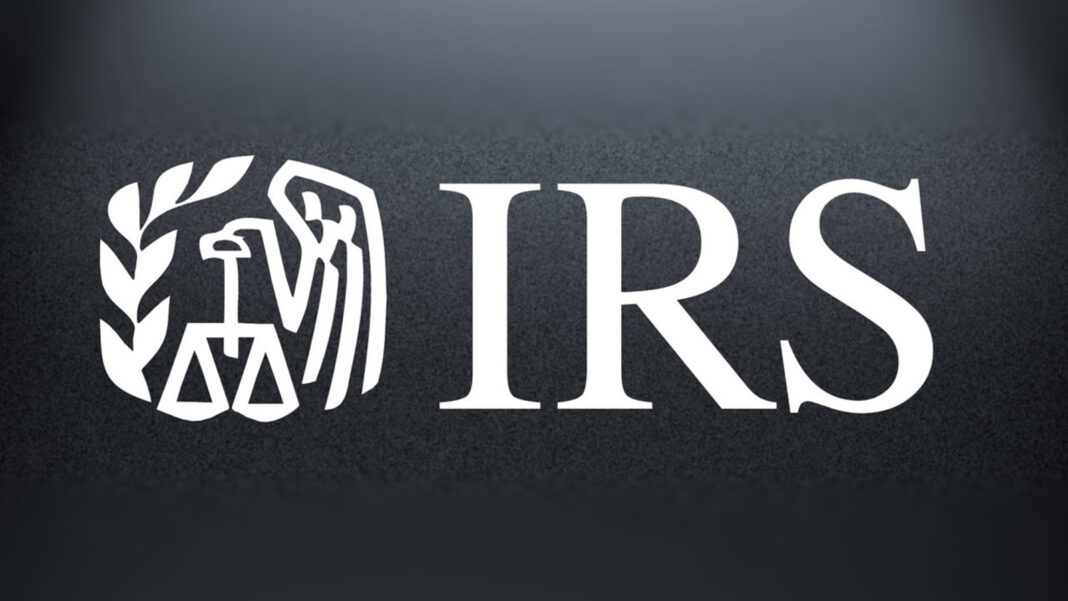There is “no need to call”
Washington – The Internal Revenue Service reminds taxpayers that the “Where’s My Refund?” tool on IRS.gov is the most convenient way to check the status of 2022, 2021 and 2020 tax refunds. IRS2Go, the mobile app, offers another way for users to check their refund status.
Information for the most current tax year filed is generally available within 24 hours after the IRS acknowledges receipt of a taxpayer’s e-filed return. If they filed a paper return, taxpayers should allow four weeks before checking the status.
To use “Where’s My Refund?,” taxpayers must enter their Social Security number or Individual Taxpayer Identification number, filing status and the exact whole dollar amount of their expected refund from the original tax return for the year they’re checking.
The IRS updates the tool once a day, usually overnight, so there’s no need to check more often. This prevents individuals from having to contact the IRS for updates unless the tool requests them to call.
“Where’s My Refund?” displays progress through three phases:
- Return Received.
- Refund Approved.
- Refund Sent.
Taxpayers will get personalized refund information based on the status of their tax return. The tool will provide an actual refund date once the IRS processes the return and approves the refund.
The fastest way to get a refund is by filing electronically and using direct deposit. Taxpayers who don’t have a bank account can find out how to open a bank account at a FDIC-Insured Bank or the National Credit Union Locator Tool.
What to expect
Even though most refunds are issued in less than 21 days for taxpayers who file electronically and choose direct deposit, some refunds may take longer. Many different factors can affect the timing of a refund, such as if the return has errors, is incomplete or is affected by identity theft or fraud.
Other causes for delays:
- The return may require additional review.
- The return needs a correction to the Earned Income Tax Credit or Additional Child Tax Credit.
- The time between the IRS issuing the refund and the bank posting it to an account may vary since many banks do not process payments on weekends or holidays.
The IRS will contact taxpayers by mail if more information is needed to process a return. IRS phone and walk-in representatives can only research the status of a refund if:
- 21 days or more have passed since it was filed electronically.
- Six weeks or more have passed since a return was mailed.
- “Where’s My Refund?” tells the taxpayer to contact the IRS.
If a taxpayer refund isn’t what is expected, it may be due to changes the IRS made to the return. These changes could include corrections to the Child Tax Credit or Earned Income Tax Credit amounts or
an offset from all or part of the refund amount to pay past-due tax or debts. More information about reduced refunds is available on IRS.gov.
Filing a tax return
Taxpayers should make IRS.gov their first stop to get information on how to file. There is information on:
As a reminder, the deadline for most taxpayers to file a tax return, pay any tax due or request an extension to file is Tuesday, April 18.
This news release is part of a series called the Tax Time Guide, a resource designed to help taxpayers file an accurate tax return. Additional help is available in Publication 17, Your Federal Income Tax for Individuals.









